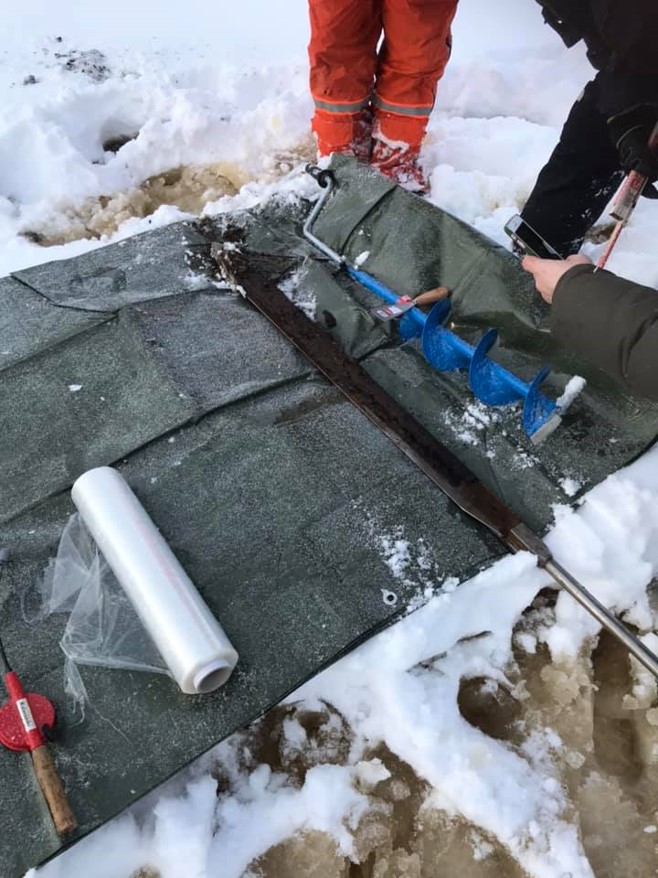June 26, 2024. By Eva Svensson
“We experiment with one old (historical) crop every year”! stated a farmer at a biodynamic farm (https://doi.org/10.1080/01426397.2023.2198764). The experiment was not simply pursued out of curiosity, but with the ambition to expand the range of produce at the farmstead, in particular of crops resistant to pests (without the use of pesticides) and well adapted to the challenges of Scandinavian climates (not needing greenhouses).
The increasing interest in historical crops should be understood as part of a series of processes conditioning current and future agricultural food production in Sweden and elsewhere: the growth of organic farming, the need to preserve local biological heritage, the challenges of climate change and the increased demands for domestic food security that is less reliant on imported food. Indeed, old crops, such as rutabagas (or swedes) and black roots, have started to appear on the menus of more pricy restaurants – a bit ironically since several of these are historically associated with the diets of society’s less affluent. Even the grey pea is making a slow comeback, with the potential to replace imported soy and chickpeas in vegetarian food (https://sverigesradio.se/avsnitt/the-return-of-graart). Also, the potential contribution of traditional food resources harvested (and sometimes managed) in nature to future diets is increasingly acknowledged, such as the importance of Scots pine inner bark for the Sami diet (https://doi.org/10.1007/s12231-013-9254-3).
Most cultivated crops were introduced to Scandinavia at one time or another. Some adapted well to new habitats, others less so. Some had a marginal impact on agricultural practices or foodways, while others – like the potato – transformed society. The point here is not if a crop is native or was introduced, but how it was adapted to Scandinavian socio-environmental conditions, integrated in agricultural practices, contributed to dietary traditions and proved durable and useful during history. Past food repertoires – crops and varieties, methods of harvesting and agricultural practices, food preparation methods – are potential resources, as retro-innovation, for transformations toward sustainable agriculture and food security.
Palaeobotany and archaeology are key fields for the study of historical crops, including providing information on crops and varieties that are no longer cultivated in Scandinavia but that may be useful in the future. Moreover, archaeological and palaeobotanical research generate insights on agricultural processes over long timescales (up to several centuries or more), and how these were entangled with economic, environmental and social conditions. Sometimes food production adaptations were successful in providing benefits equitably, sometimes not. There are lessons to learn from both.
By providing access to palaeobotanical and archaeological data, Swedigarch offers new possibilities to study historical uses of crops, thereby providing keys to retro-innovative practices of historical crops in sustainable agriculture for increased food security, and food crop diversity.
More information:
There is a global seed bank located in Svalbard; https://www.seedvault.no/
There is a Swedish national program for the conservation of cultivated plants (hosted by SLU, Swedish University of Agricultural Sciences) Pom, the Programme for Diversity of Cultivated Plants: https://www.slu.se/en/Collaborative-Centres-and-Projects/the-programme-for-diversity-of-cultivated-plants/
Rich information and inspiration is also provided by the books “Svensk trädgårdshistoria” and “Människan och floran” (both in Swedish).

